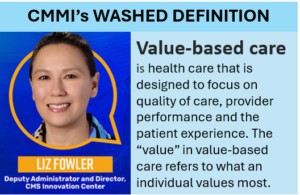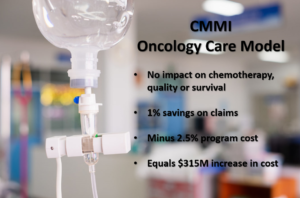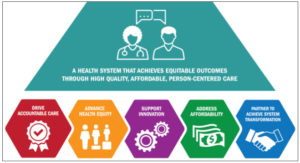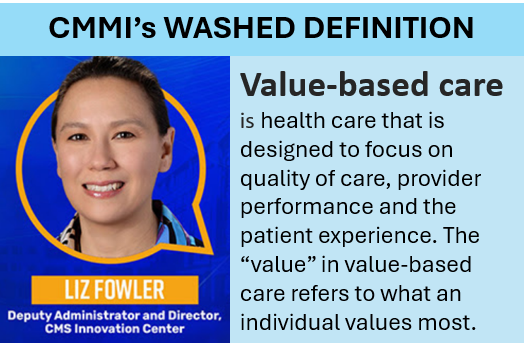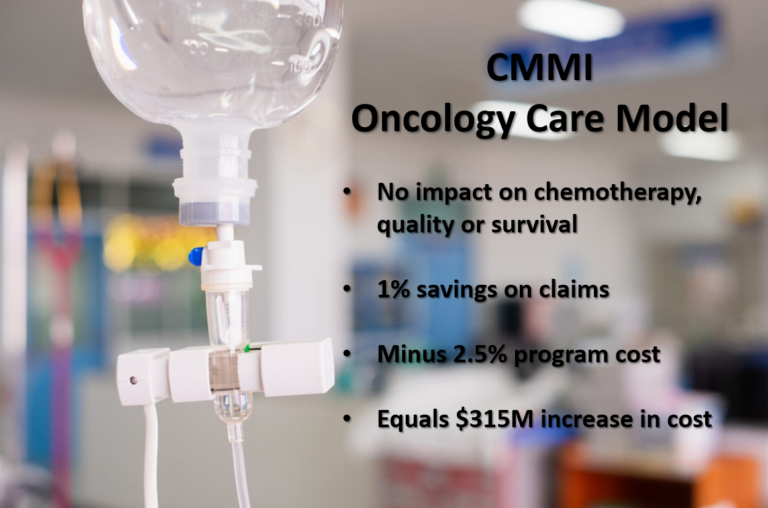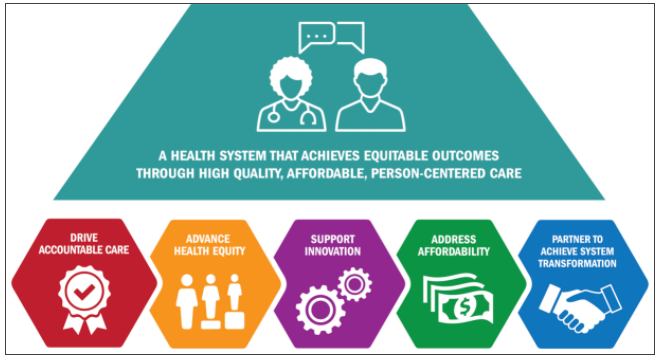A new study published in the Annals of Internal Medicine compared the economic outcomes of hospital episodes managed by hospitalists to those managed by the patients’ primary care physicians in a Medicare population. Previous studies focused only on the cost of the hospital stay itself, and showed that hospitalists were able to reduce length of stay and hospital cost. These economic savings accrue primarily to hospitals who are reimbursed with a fixed DRG-based payment for most hospital stays. These hospital savings have motivated hospitals to hire more hospitalist physicians. According to the Society of Hospital Medicine, 80 percent of hospitals with more than 200 beds now have hospitalists. There are now 30,000 hospitalist physicians, and the specialty continues to grow more rapidly than any other.
But, the new study measures the economic outcomes of the entire hospital episode, including care received after the patient is discharged from the initial hospital stay. The study shows that hospital stays managed by hospitalists had an average length of stay that was 0.64 days shorter, saving an average of $282. But, those patients were more likely to return to the emergency department and more likely to be readmitted to the hospital, leading to post-discharge costs that averaged $332 higher than for hospital episodes managed by the patients’ own primary care physicians. Thus, the use of hospitalists ends up costing Medicare $50 more per episode, increasing overall costs by $1.1 billion annually.
 The study authors, Yong-Fang Kuo, PhD and James S. Goodwin, MD from the University of Texas Medical Branch in Galveston, hypothesized that “hospitalists, who typically are employed or subsidized by hospitals, may be more susceptible to behaviors that promote cost shifting.” The implication is that, if hospitalists were employed by primary care-based Accountable Care Organizations (ACOs) that were being held responsible for the total cost of care for a defined population of patients, they might be more strongly encouraged to focus on improving care transitions to reduce downstream complications and associated emergency department visits and hospital re-admissions.
The study authors, Yong-Fang Kuo, PhD and James S. Goodwin, MD from the University of Texas Medical Branch in Galveston, hypothesized that “hospitalists, who typically are employed or subsidized by hospitals, may be more susceptible to behaviors that promote cost shifting.” The implication is that, if hospitalists were employed by primary care-based Accountable Care Organizations (ACOs) that were being held responsible for the total cost of care for a defined population of patients, they might be more strongly encouraged to focus on improving care transitions to reduce downstream complications and associated emergency department visits and hospital re-admissions.
Even without ACOs, there has been a great deal of effort over the last few years to improve transitions of care for patients discharged from acute care hospitals. Most of these efforts attempt to improve both the “pitch” by the hospital-based team and the “catch” by ambulatory care providers. But, some efforts, such as the BOOST program funded by the Hartford Foundation, have a primary emphasis on the pitch. Other efforts, such as the STAAR program of the Commonwealth Fund and the Institute for Healthcare Improvement (IHI), tend to emphasize the catch. Hopefully such programs will lead to wide-spread improvements in quality of care and reductions in total cost of hospital episodes. ACOs could catalyze and accelerate those improvements by linking hospital care more tightly to primary care and supporting this linkage through investments in health information exchange (HIE) capabilities designed to foster thoughtful, smooth transitions of care.

